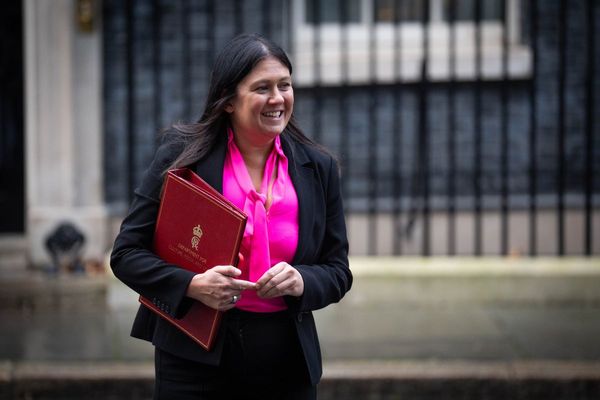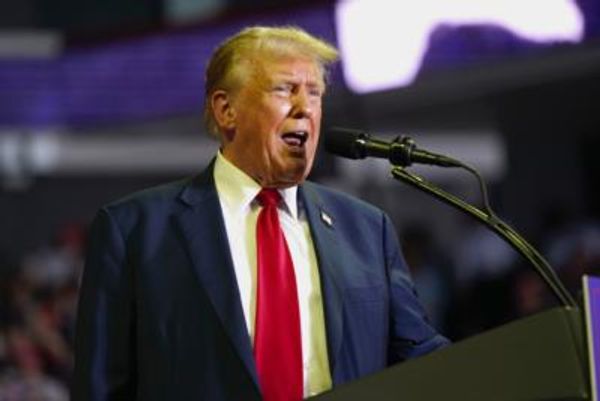
If Anthony Albanese wants a long and memorable run as prime minister, he could do worse than read the doctoral dissertation of his Treasurer, Dr Jim Chalmers.
The Chalmers thesis analyses the prime ministership of the legendary Paul Keating, who has been out of office now for a quarter of a century but who remains a genuine Labor hero. Most likely it’s already a manual for success for the young treasurer who, aged only 44, can probably look forward to another two decades in public life, hopefully (for him) in government — or even as leader of his party and as prime minister.
The thesis, submitted in 2004 when Chalmers was working in the Labor Party head office while also researching at Australian National University, traces the sources a Labor prime minister needs to tap if they are to succeed. And it assesses where Keating won and lost.
Chalmers’ overwhelming view is that prime ministers are only as powerful as allowed by the institutions that surround them. Those institutions are the party caucus, the cabinet, the bureaucracy, the Parliament, the media and the public.
The prime minister sits at their apex as head of government, chair of cabinet, leader of the Parliament’s majority party, chief government spokesperson, focal point for election campaigns, strategist, advocate, staff manager and dispenser of patronage.
Chalmers begins with the assertion that judgment of political leadership rests on a prime minister’s ability to manage interactions with all these groups successfully and simultaneously. Perhaps Scott Morrison should have read it a few years ago too.
And Chalmers concludes with the view that prime ministers never can be completely dominant: “Their job is too reliant on the support of others.”
His thesis is a curation of a great deal of thought about Keating, much loved by the left but still reviled by the right despite his market-opening initiative as treasurer.
In part, it draws from the theory advanced by Dr Glyn Davis, now head of the Department of Prime Minister and Cabinet (yes, the country is that small), that success for Labor PMs relies on a “leadership bargain” in which the caucus trades off elements of control for the winning capacity of a leader.
He quotes Don Watson, the former Keating speechwriter and later biographer: “Power is the currency of politics, the reason for it the stock in trade.”
Indeed. And in the period since Keating, even since Chalmers wrote his thesis, more power has been seen to reside with prime ministers.
Most of this is self-evident — or would appear so. But how many PMs since Keating have failed in balancing the relationships they need? John Howard was masterful at controlling his partyroom until the near end, but lost the electorate. Kevin Rudd started to lose the electorate and the partyroom, and cabinet soon followed while the bureaucracy was never there. Julia Gillard barely had the partyroom or the electorate.
Same with Tony Abbott (although the electorate never got to decide) and Malcolm Turnbull. And it’s becoming more apparent that Morrison only had his partyroom because they couldn’t see a viable alternative.
Chalmers attributes the success of Keating (but doesn’t sugarcoat his flaws) to five factors: the authority that came from an unexpected electoral win, his personal charm, the factional system that secured his position, his relationship with key union figures, and an active policy agenda that appealed to the Labor heartland.
Albanese has some but not all these attributes. He won from opposition, he’s liked in the partyroom and at the membership level, he has good industrial relationships (but they will be tested in coming wage rounds), and he has pledged but is yet to move on the policy issues that will appeal to a party heartland now vastly different from that Keating appealed to.
And then there’s the question of how he uses power and the patience of those around him for what they might see as excess.
Albanese has been around long enough to have watched and learnt these lessons. But if he hasn’t, he might find a valuable refresher from Chalmers’ thesis, titled “Brawler Statesman: Paul Keating and prime ministerial leadership in Australia“.
It’s held in the Theses Library in the ANU’s RG Menzies Building — where else would it be?







